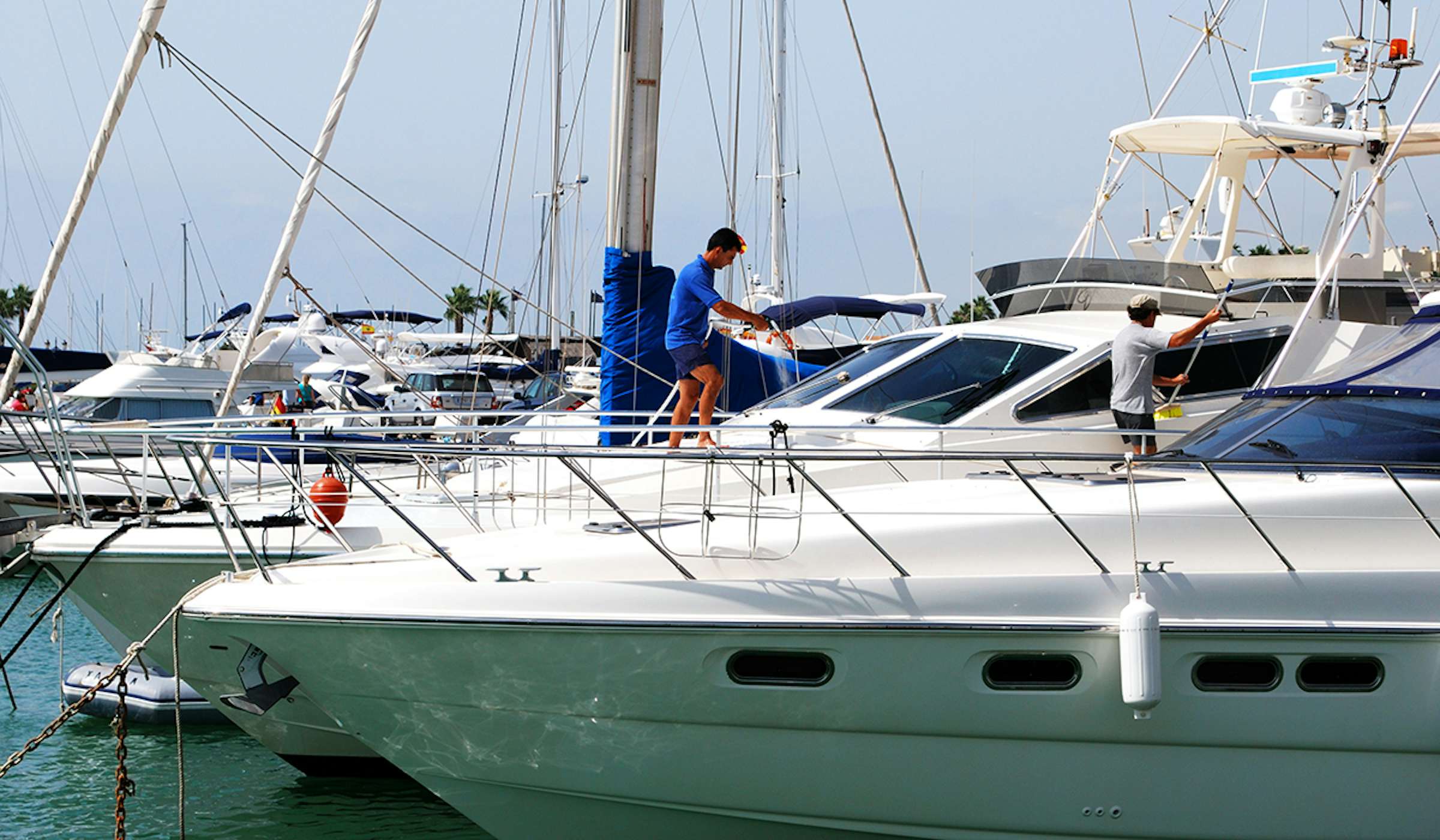
Get your boat ready for spring with this simple guide
August 2025
Spring’s longer days are calling. A couple of focused hours now will save headaches at the ramp and keep your crew safer all season. Use this once-over to get your boat and your planning back in shape.
Safety gear refresh
- Lifejackets: One that fits each person, in good nick. If there’s any risk (bars, rough water, night passages, non-swimmers), get them on. For a reality check on cold-water survival, read our Surviving in cold water article.
- VHF (and licence): Test your fixed set, keep a charged handheld in a dry bag. In NZ you need a Maritime VHF Operator’s Certificate to transmit (emergencies excepted). If you use DSC/AIS, make sure your details are current — our Why you need a call sign when boating in New Zealand article explains why.
- EPIRB/PLB: Check battery expiry, run a self-test, and register your 406 MHz beacon. If you’re unsure which beacon suits, EPIRBs vs PLBs: which one should Kiwi boaties choose? covers the differences.
- Flares and lights: Replace anything expired and confirm nav lights work (carry spare fuses/bulbs where relevant).
- Fire and first aid: Service extinguishers and top up the kit. Treat lithium-ion gear (e-bikes, tenders, tools) with care and charge in a safe, ventilated spot.
- Skill refresh (optional): If it’s been a while, book a course with Coastguard Boating Education. Our guide Essential boating courses for Kiwi mariners is a good starting point.

Boat systems and hull
- Engine and fuel: Change oil and filters; inspect belts, impeller and anodes; drain stale fuel and check water separators.
- Batteries and electrics: Load-test, clean terminals, secure cabling, and confirm charger settings match your battery chemistry.
- Bilge and pumps: Test float switches and manual pumps; carry spare fuses and hose clamps.
- Hull and running gear: Look for damage or osmosis, operate seacocks, free up steering, and inspect props, shafts and rudders. Keeping growth off your hull improves safety and economy. If you’ll be anchoring a lot this season, Anchoring know-how: what every Kiwi boater needs to master is worth reading for a refresher.
Trailer and towing (if you have one)
- WoF and rego: Light trailers (up to 3500 kg loaded) must be licensed and have a current WoF. Tyres, lights, bearings, brakes, coupling and safety chain all need to be roadworthy. For more detail, see our Boat trailer maintenance and Towing a boat safely articles.
Plan the trip like a pro
- Forecasts: Check MetService’s marine pages before you go, and keep an eye on warnings, tides and wind shifts through the day.
- Bars: If you’re crossing a bar, get local advice, time your run, and have everyone in lifejackets. If in doubt, don’t go out. Crossing sand bars safely in New Zealand is a great refresher. If you’re beach-launching, the Launching and retrieving your boat from the beach article has good practical tips.
- Trip report: Log a trip report with Coastguard and tell someone ashore where you’re headed and when you’ll be back. To go a step further, see Why a float plan is essential.
- Know the give-way basics: A quick refresher helps everyone. Getting up to speed with the give way rules is a handy read.
Quick pre-departure scan (save this bit)
- Lifejackets that fit, worn when risk rises
- VHF working; operator certificate sorted; phone in a dry bag
- EPIRB/PLB registered and in date
- Engines, fuel, batteries, bilge pumps checked
- Hull, seacocks, steering and anchor gear good to go
- Trailer WoF/reg, tyres, lights, brakes, bearings all checked
- Forecasts, tides, bar conditions and trip report done
Ready for a spring launch!
Doing the prep now means more good days on the water later. Keep your kit simple, your plan clear, and your crew in the loop, and then you can enjoy those first clean weather windows of spring all the more.
